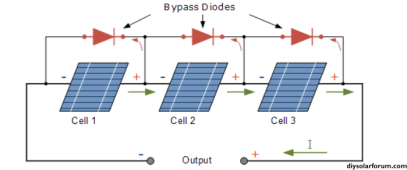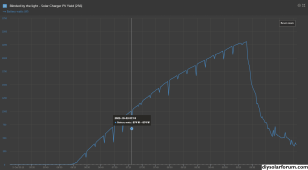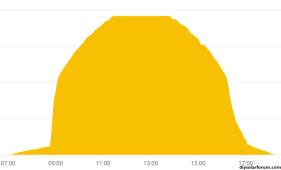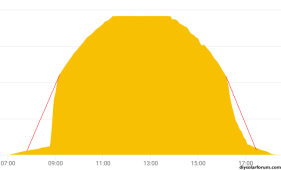MarkSolar
Solar Enthusiast
I have 3 strings, each string 8 panels, arranged horizontally and combined in parallel to go into one tracker on a Fronius. Total for all panels is about 10kW. In the morning the first hour or so is shaded and I don't understand why the bypass diodes don't allow for the completely shaded panels to be bypassed. Here's a picture with about 1/3 of the system shaded and output 450W:
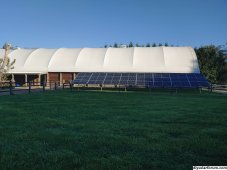
Here it is with less shading and output still about 450W:
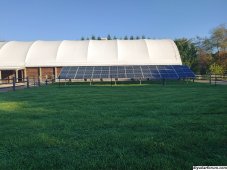
And with only the last panel in each string shaded, the output is only up to 550W:

But almost the instant the full sun hits those last panels, output goes up to 3.1kW, which is full output for 9am in the morning and then it rises quickly as the sun gets higher.
So my question is why don't the bypass diodes allow the entire shaded panels to be bypassed, which should allow the non shaded panels to send full output to the inverter? If I added an additional bypass diode to each of those shaded panels, would that allow the output to be higher in the morning?

Here it is with less shading and output still about 450W:

And with only the last panel in each string shaded, the output is only up to 550W:

But almost the instant the full sun hits those last panels, output goes up to 3.1kW, which is full output for 9am in the morning and then it rises quickly as the sun gets higher.
So my question is why don't the bypass diodes allow the entire shaded panels to be bypassed, which should allow the non shaded panels to send full output to the inverter? If I added an additional bypass diode to each of those shaded panels, would that allow the output to be higher in the morning?




